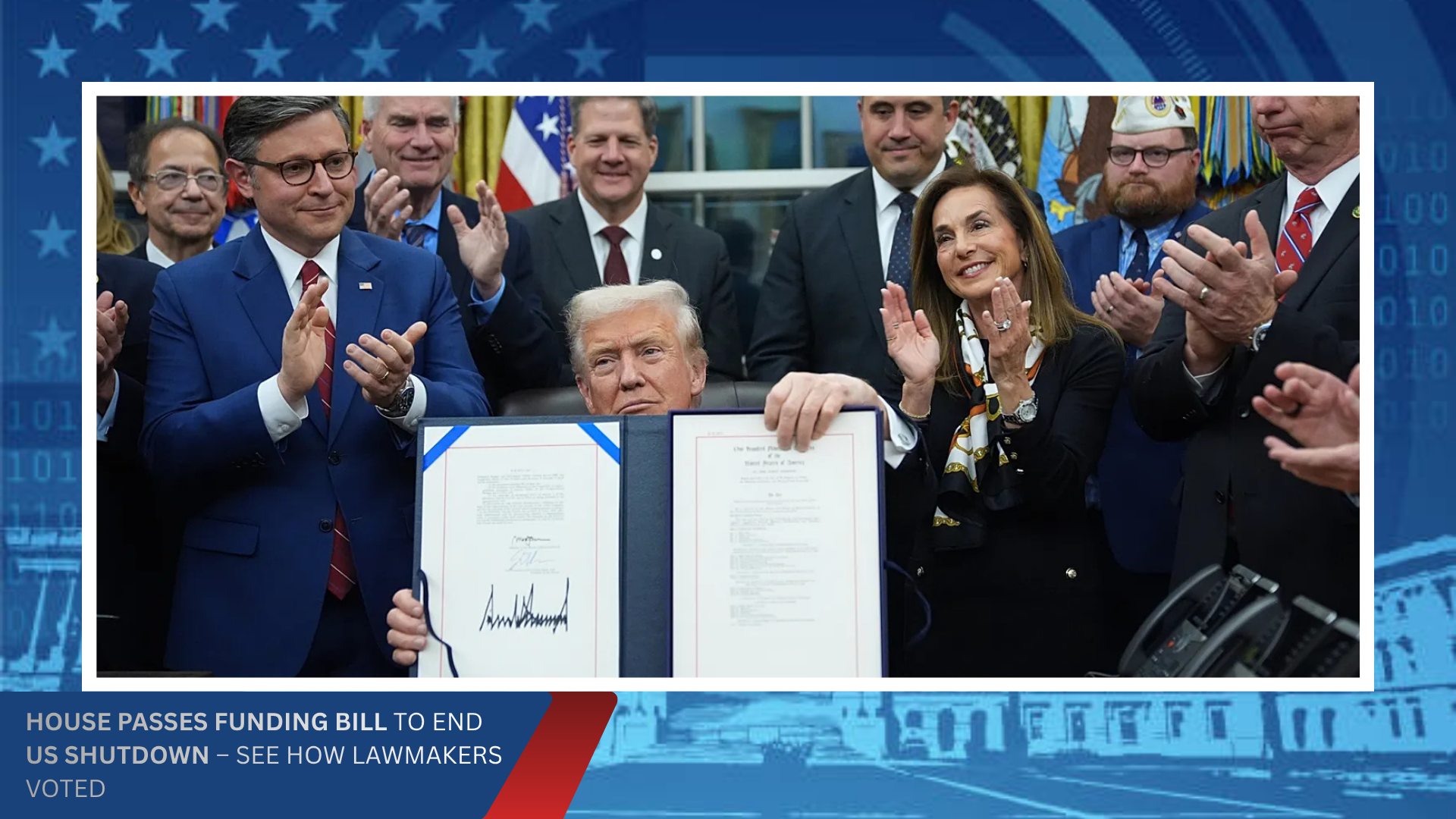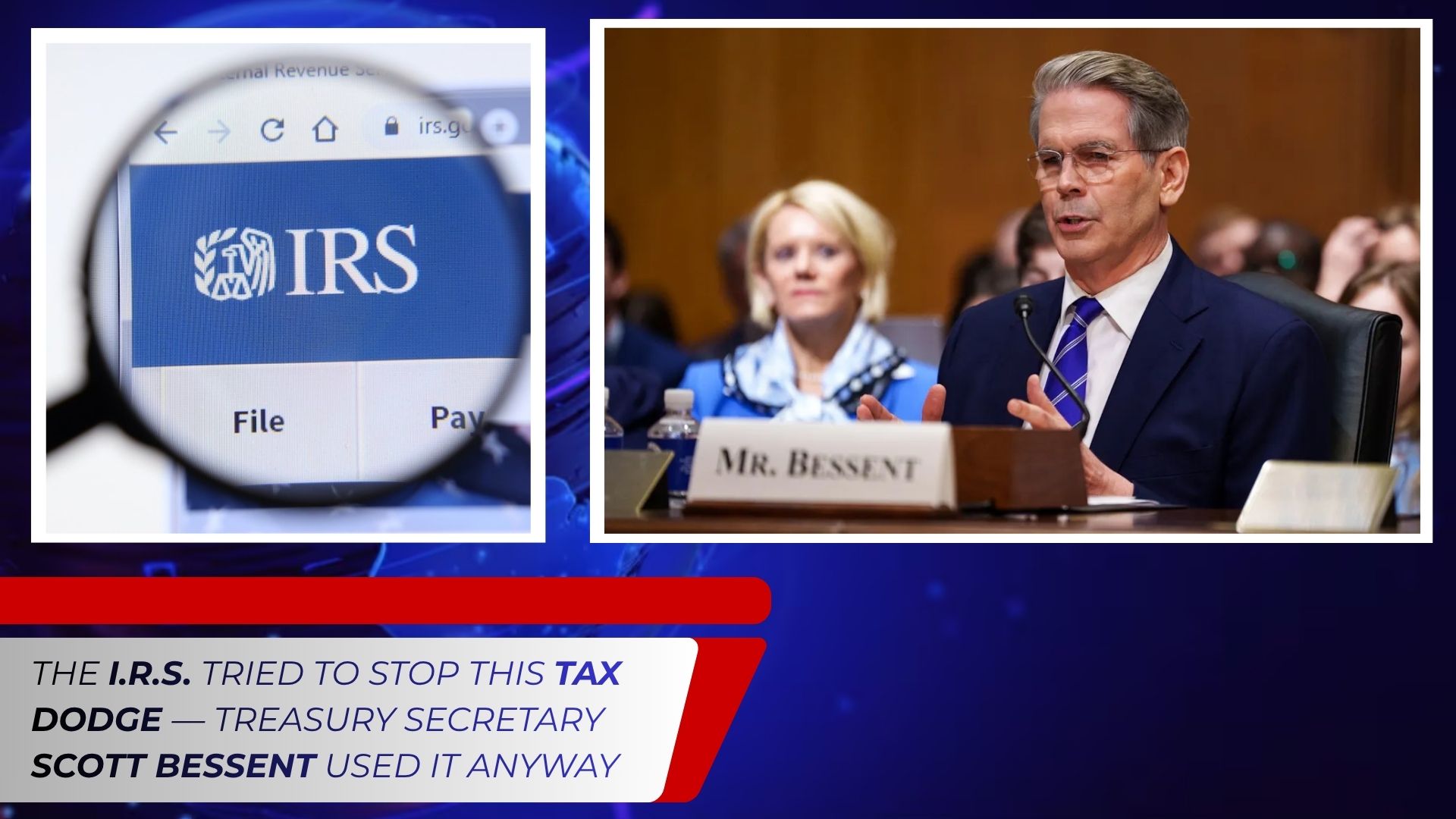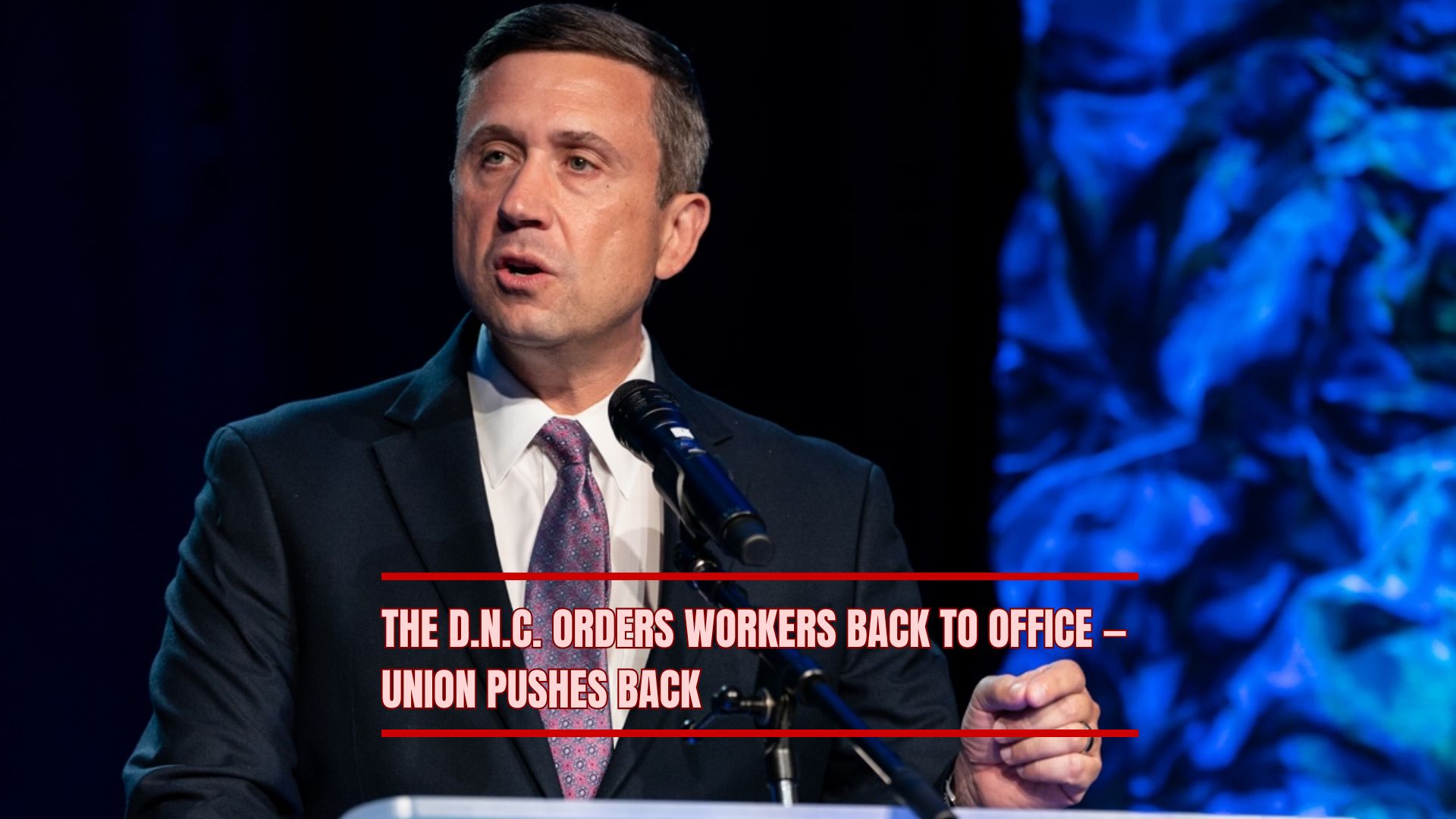13 November, 2025
CHICAGO IN THE CROSSFIRE
Anaís Robles didn’t expect to be teargassed outside her own café. The co-owner of Colibrí Cafe, a small coffee shop that opened this year in Chicago’s East Side neighborhood, had just finished serving a customer when she noticed commotion on the street one afternoon in mid-October.
“I saw agents in masks and thought maybe something serious happened,” Robles recalled. “I stepped out to check, and suddenly they launched multiple tear-gas canisters. People were screaming and running. They gassed all of us.”
Eyes burning, she stumbled back to her shop. “I had to close my eyes just to walk back. It felt like fire,” she said.
The agents, according to witnesses, were part of the latest wave of federal enforcement actions sweeping across Chicago under the Trump administration’s “Operation Midway Blitz.” The operation began on September 9, 2025, and has since touched nearly every corner of the city — from the South Side to Little Village, Pilsen, and Uptown — bringing fear, confusion, and growing defiance.
THE SCALE OF THE CRACKDOWN
According to estimates by the National Center for Immigrant Justice and the Illinois Coalition for Immigrant and Refugee Rights, roughly 1,300 people have been detained since the blitz began. Advocacy lawyers say many arrests violated standing court orders that prohibit warrantless detentions or racial profiling by federal immigration officers.
Witness accounts describe aggressive raids carried out in residential neighborhoods, transit stations, schools, and even churches — spaces that have historically served as sanctuaries. Community members say agents often refuse to identify themselves, break into homes without warrants, and target individuals based solely on appearance or accent.
Local leaders have responded with outrage. Mayor Brandon Johnson condemned the raids as “lawless and inhumane,” and called on the United Nations Human Rights Council to investigate the federal use of force in Chicago. “When the rights of our residents are trampled, when families are terrorized on their doorsteps, the world must take notice,” Johnson said at a press conference this week.
COMMUNITIES MOBILIZE: ‘MIGRAWATCH’ AND ‘WHISTLEMANIA’
In the face of escalating enforcement, Chicago’s immigrant communities are mobilizing with creativity and determination. Across the city, neighbors have launched “MigraWatch” trainings — volunteer-led workshops teaching residents how to recognize immigration enforcement activity, record encounters safely, and assert their rights during raids.
These sessions, often held in churches, union halls, or community centers, simulate real-world scenarios: What to do if ICE knocks on your door? How to film an arrest legally? Who to call if a family member is taken? Volunteers distribute “Know Your Rights” cards in English, Spanish, and Polish, while local attorneys offer pro bono consultations.
Meanwhile, a new movement known as “Whistlemania” has taken root in several Chicago neighborhoods. The concept is simple but powerful: residents carry small whistles or air horns and blow them when they spot immigration agents nearby, alerting others to take shelter or document the scene. Entire blocks now communicate through these shrill signals — a collective alarm system born of necessity.
At one recent Whistlemania event in Little Village, dozens of residents marched through the streets wearing shirts that read “Defiende Tu Barrio” (Defend Your Neighborhood). The rhythmic sound of whistles echoed through the evening as volunteers handed out flyers and organized safety patrols.
STORIES OF RESILIENCE AND FEAR
For many, the raids have resurrected old traumas. Families that fled violence in their home countries now face a new kind of terror in the country they thought was safe.
Lucía Hernández, a mother of two from Guatemala, said agents burst into her apartment in the early morning hours without knocking. “They shouted my husband’s name, pushed me aside, and took him in front of the kids,” she said, her voice shaking. “We still don’t know where he is being held.”
Others, like Carlos Jiménez, a DACA recipient and college student, are channeling their fear into activism. “We can’t just hide anymore,” Jiménez said at a rally in Pilsen. “They want us scared and silent. Instead, we’re getting louder.”
Local high schools and universities have begun forming “rapid response” teams that connect students with legal aid networks and emergency housing for families separated by raids. Social workers and clergy coordinate food drives and counseling sessions for those affected.
LEGAL AND POLITICAL RESPONSES
Civil-rights attorneys have filed multiple complaints against Immigration and Customs Enforcement (ICE) and Customs and Border Protection (CBP), accusing both agencies of defying federal court injunctions that restrict enforcement actions in “sensitive locations.”
In one ongoing lawsuit, lawyers argue that agents have “systematically ignored” due-process protections, unlawfully detaining residents without judicial warrants. The American Civil Liberties Union of Illinois has joined the effort, describing the raids as “a direct assault on constitutional principles.”
The city’s sanctuary policies — which prohibit local police from cooperating with federal immigration enforcement — have also been tested. Some community members allege that local officers have indirectly assisted ICE by sharing information or allowing joint patrols. Mayor Johnson has promised an internal review, insisting that “Chicago remains a sanctuary city — in practice, not just on paper.”
GRASSROOTS SOLIDARITY IN ACTION
In the midst of fear, acts of solidarity have multiplied. Small businesses like Colibrí Cafe have become unofficial safe spaces where residents can regroup and organize. Churches offer shelter during raids, while neighborhood mutual-aid networks coordinate everything from emergency childcare to transportation for court hearings.
Every weekend, volunteers gather at the Brighton Park Community Center to pack “Raid Relief Kits” — backpacks containing bottled water, goggles, masks, and first-aid supplies. The kits are distributed to activists and vulnerable residents alike, a reminder that resistance can be practical as well as symbolic.
“People are scared,” Robles said, “but they’re also stronger together. The more they try to divide us, the more we show up for one another.”
THE HUMAN COST AND THE CALL FOR ACCOUNTABILITY
Beyond the numbers and protests lies a deeper toll — the anxiety etched into daily life. Parents avoid public parks, children flinch at the sound of sirens, and workers skip shifts out of fear of being targeted on their commute.
Advocates emphasize that these enforcement actions are not isolated incidents but part of a national escalation. Reports have surfaced of similar operations in Houston, Los Angeles, and Phoenix, suggesting a coordinated federal push ahead of the 2026 election season.
Chicago, however, has become a symbol of resistance — a city where ordinary residents are refusing to be silent. Calls for congressional oversight grow louder, with demands that lawmakers investigate whether “Operation Midway Blitz” violates domestic and international law.
CONCLUSION: A CITY THAT REFUSES TO BE SILENCED
As federal agents tighten their grip, Chicago’s immigrant communities are responding with courage, creativity, and collective strength. From MigraWatch trainings to Whistlemania marches, the message is clear: the city will not stand by as its residents are terrorized.
While the outcome of legal challenges and international inquiries remains uncertain, one thing is undeniable — Chicagoans are transforming fear into action. In doing so, they are redefining what it means to protect one another in a moment of crisis.








